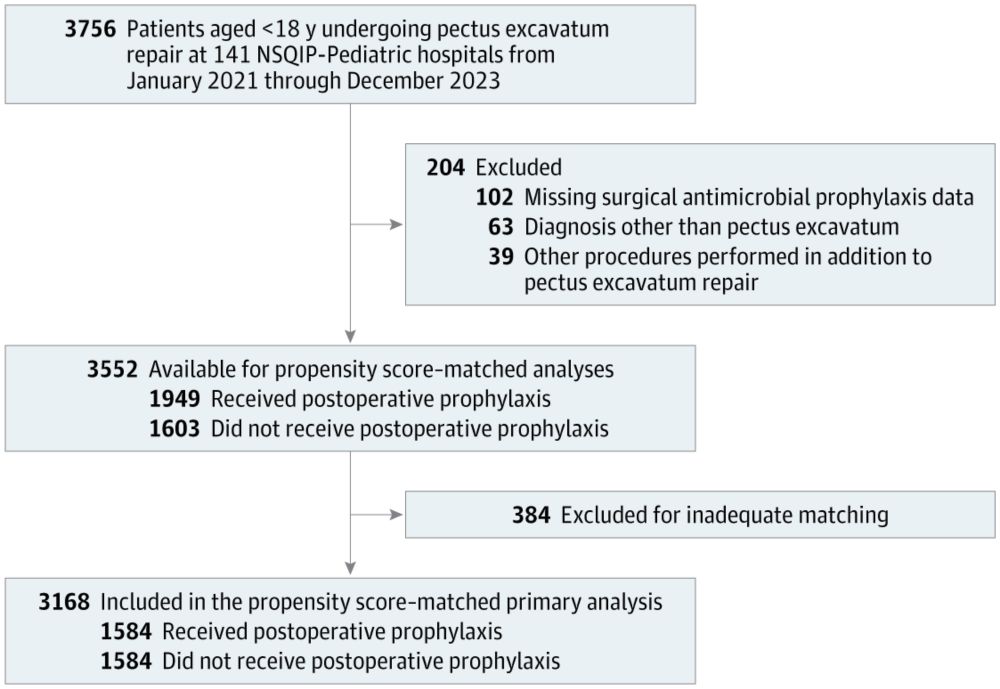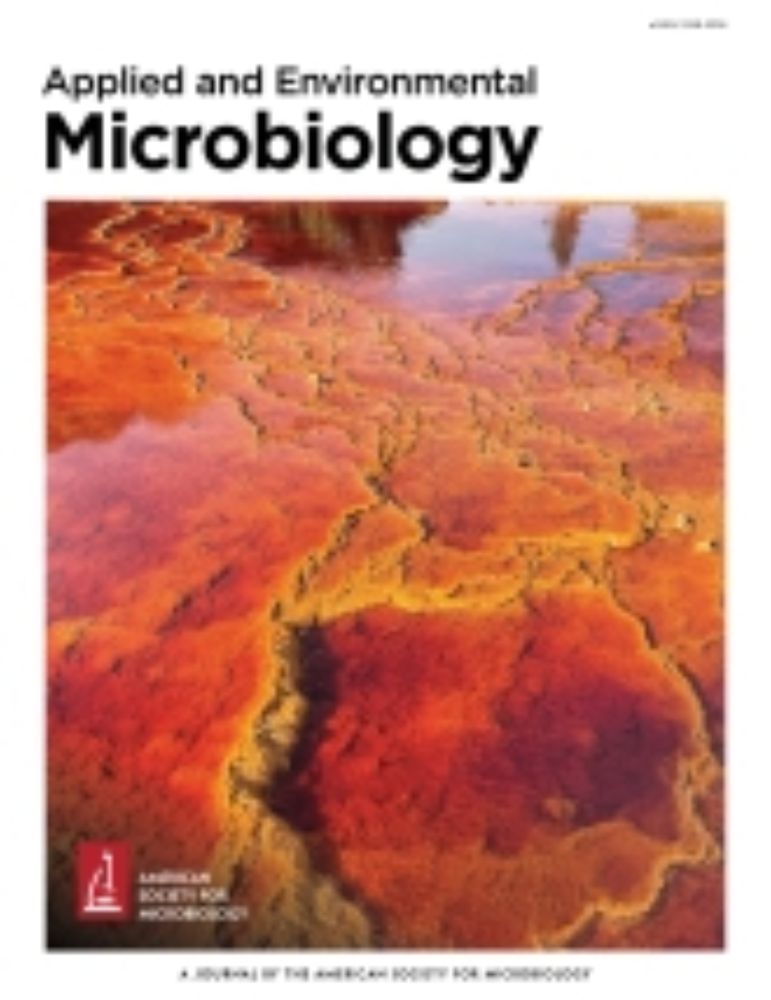Posts
Media
Videos
Starter Packs
ryahs.bsky.social
@ryahs.bsky.social
· Sep 8

Corynebacterium amycolatum: an underestimated pathogen in early-onset neonatal sepsis—a case report - BMC Infectious Diseases
Background Early-onset neonatal sepsis (EOS) is a critical condition primarily caused by maternal–fetal transmission of bacterial pathogens during delivery, with Escherichia coli and Group B Streptoco...
bmcinfectdis.biomedcentral.com
ryahs.bsky.social
@ryahs.bsky.social
· Sep 8

Self-assembled DNA nanocarrier-enabled drug delivery for bone remodeling and antimicrobial applications - npj Biomedical Innovations
npj Biomedical Innovations - Self-assembled DNA nanocarrier-enabled drug delivery for bone remodeling and antimicrobial applications
www.nature.com
ryahs.bsky.social
@ryahs.bsky.social
· Sep 4

Postoperative Antimicrobial Prophylaxis Use and Outcomes in Pectus Excavatum Repair
This cohort study assesses the association of postoperative antibiotic prophylaxis with surgical site infections and other postoperative outcomes in children undergoing minimally invasive pectus excav...
jamanetwork.com
ryahs.bsky.social
@ryahs.bsky.social
· Apr 17

Comparison of antimicrobial resistance in Pseudomonas aeruginosa from intensive care and non-intensive care units and its impact on treatment decisions - Scientific Reports
Scientific Reports - Comparison of antimicrobial resistance in Pseudomonas aeruginosa from intensive care and non-intensive care units and its impact on treatment decisions
www.nature.com
ryahs.bsky.social
@ryahs.bsky.social
· Apr 9

Risk factors for detection of Pseudomonas aeruginosa in clinical samples upon hospital admission - Antimicrobial Resistance & Infection Control
Background/introduction Antipseudomonal antibiotics are frequently used in patients admitted to hospitals. Many of these substances are classified as a reserve or watch status by the WHO. Inappropriat...
aricjournal.biomedcentral.com
ryahs.bsky.social
@ryahs.bsky.social
· Apr 9

Invasive Group A Streptococcal Infections in 10 US States
This population-based surveillance study investigates trends in the incidence, characteristics, antimicrobial resistance, and outcomes of invasive group A Streptococcus infections among individuals in...
jamanetwork.com
ryahs.bsky.social
@ryahs.bsky.social
· Apr 1
Red Book Online Outbreaks: Measles
ul { line-height: 1.75;
} Measles Cases in 2025As of March 27, 2025, a total of 483 confirmed measles cases were reported by 20 jurisdictions: Alaska, California, Florida, Georgia, Kansas, Kentucky, M...
publications.aap.org
ryahs.bsky.social
@ryahs.bsky.social
· Apr 1

A seemingly considerable increase in antimicrobial resistance in the Bacteroides fragilis group from blood cultures – the second national study in Denmark
Bacteroides fragilis group species are the most frequently encountered bacteria involved in anaerobic bacteraemia and associated with high mortality rates. In 2012, we performed the first national ...
www.tandfonline.com
ryahs.bsky.social
@ryahs.bsky.social
· Mar 26

Seven vs Fourteen Days of Antibiotics for Gram-Negative Bloodstream Infection
This systematic review and noninferiority meta-analysis applies bayesian statistics to randomized clinical trials comparing 7 vs 14 days of antibiotic therapy among patients with Gram-negative bloodst...
jamanetwork.com
ryahs.bsky.social
@ryahs.bsky.social
· Mar 19

Point-of-care testing reduces antibiotic prescribing in acute exacerbations of chronic obstructive pulmonary disease: a systematic review and meta-analysis
Chronic obstructive pulmonary disease (COPD) imposes a significant global health burden
as the third leading cause of death worldwide. In 2019, COPD was responsible for 3.23
million deaths globally [1...
www.ijidonline.com
ryahs.bsky.social
@ryahs.bsky.social
· Mar 19

Decisions About Suppressive Antibiotics After Prosthetic Joint Infection
This qualitative study characterizes clinical decision-making about suppressive antibiotic therapy after prosthetic joint infection and identifies stewardship intervention opportunities to stop or red...
jamanetwork.com
ryahs.bsky.social
@ryahs.bsky.social
· Mar 11
Innovative Approach for the Clinical Development of a Chlamydia trachomatis Vaccine Through a Human-Challenge Model in Women
Chlamydia trachomatis is the most prevalent bacterial sexually transmitted infection
globally. Although antibiotic treatment is highly effective, most infections go undetected
and untreated because th...
www.ijidonline.com
ryahs.bsky.social
@ryahs.bsky.social
· Feb 26

Measles: An Overview of a Re-Emerging Disease in Children and Immunocompromised Patients
Despite the availability of a safe and effective vaccine, in 2018, around 350,000 measles cases were reported worldwide, which resulted in an estimate of 142,300 deaths from measles. Additionally, in ...
www.mdpi.com









